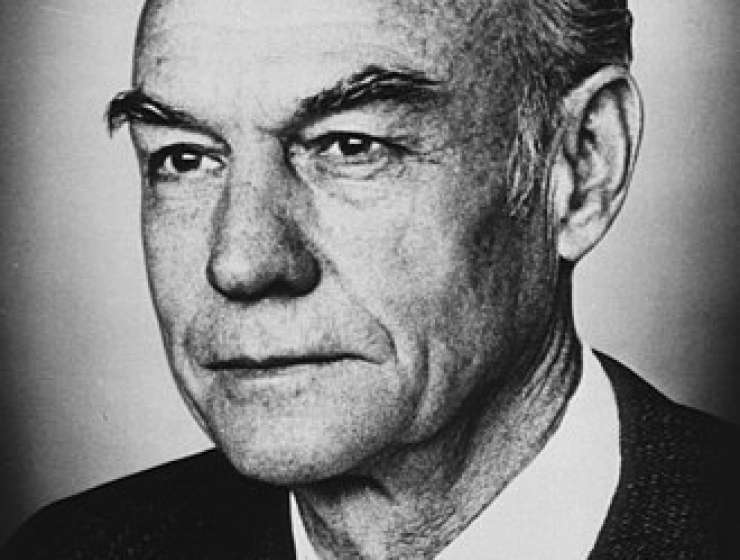
The concepts of cerebral localization were established in the early 19th century. From these arose the idea that the dominant (usually left) hemisphere mainly subserved functions of cognition and language. The “relatively retarded right hemisphere” by contrast was mute, agraphic, apraxic, and lacking generally in higher cognitive function.
This essay sketches the import of the work of Sperry and colleagues on patients subjected to callosal section eg., “split brain”. They showed that the minor hemisphere possessed considerable capacity for cognitive understanding and language. His Nobel prize-winning “Split-Brain Experiments”confirmed the role of the corpus callosum in interhemispheric transfer of information.









































